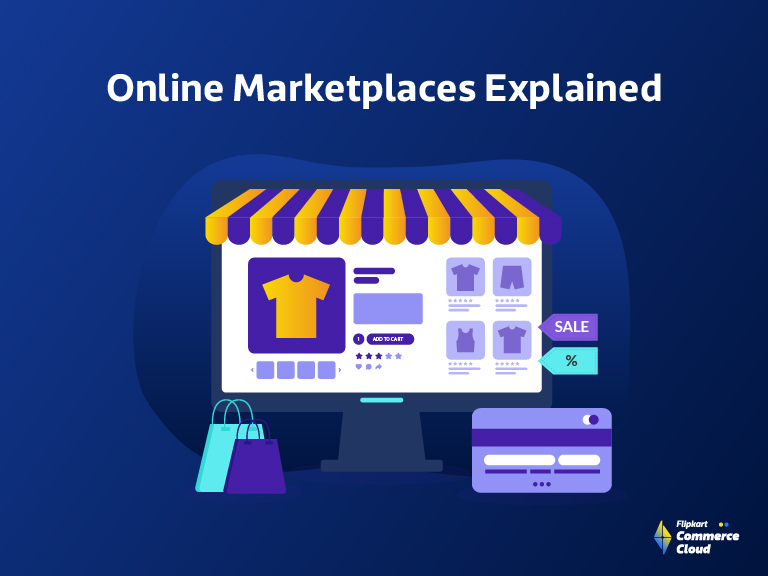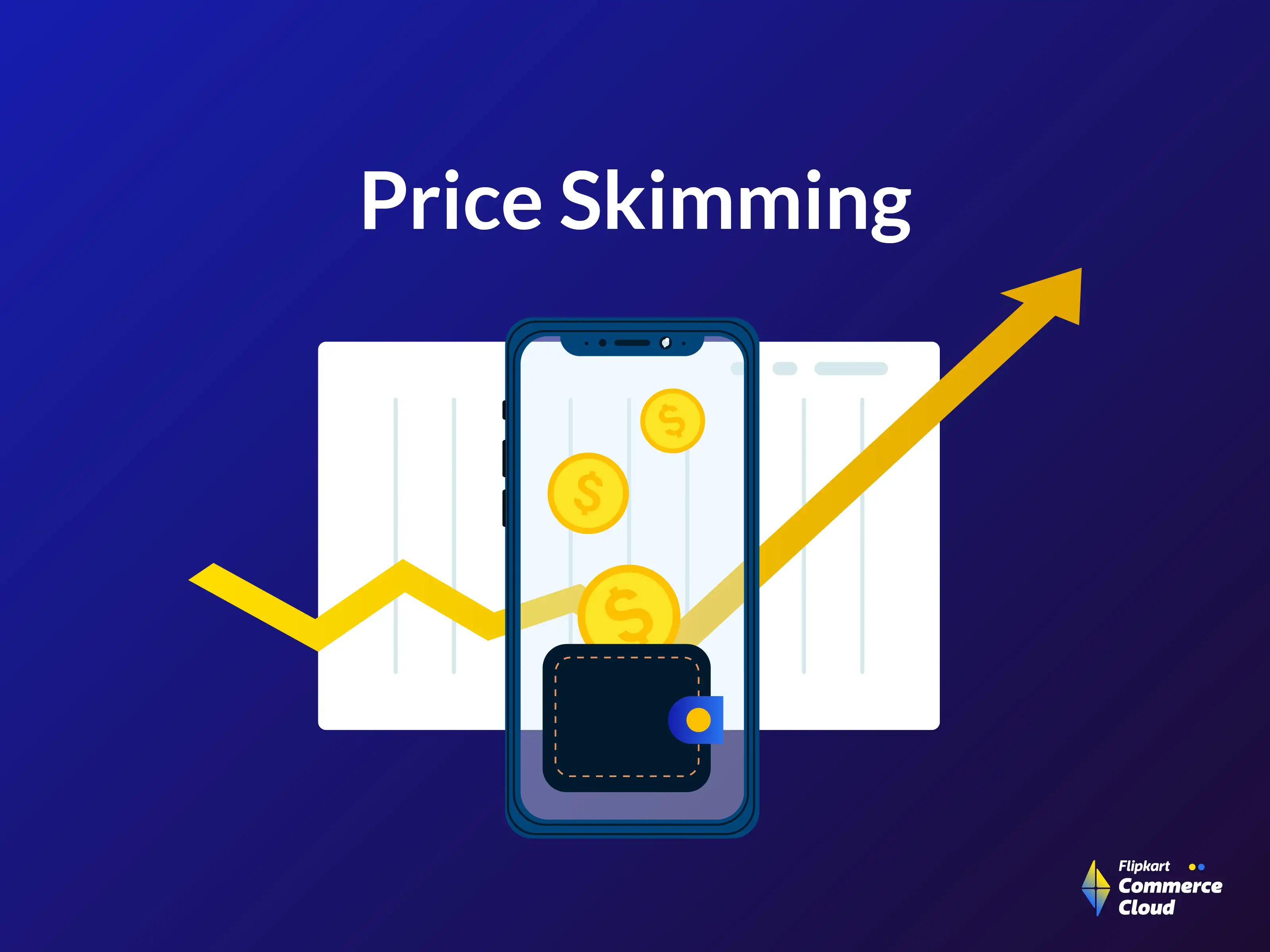A study by Digital Commerce 360 reports that by the end of 2024, the Gross Merchandise Value (GMV) of products sold on the top 100 online marketplaces will cross $3.8 trillion. This growth is driven by the convenience of quick delivery, a wide range of product choices, and competitive prices.
Online marketplaces are reshaping the way retailers interact with consumers, making it possible for shoppers to buy just about anything, anytime, and from anywhere. This shift in modern retail presents new opportunities for retailers like you to broaden your customer base. At the same time, these platforms enable users to access an extensive selection of services or products from a single platform.
This blog covers the basics of online marketplaces, including their structure, types, how they work, their benefits, challenges, and future trends.
What is an Online Marketplace?
An online marketplace is a platform connecting sellers and buyers from various locations and providing a centralized space to conduct transactions seamlessly. Unlike traditional eCommerce websites, where usually only one vendor offers products or services, an online marketplace hosts multiple third-party sellers who offer their goods or services on a single platform.
The structure of an online marketplace is designed to facilitate easy navigation for both buyers and sellers. Sellers are able to list their offerings, set prices, and manage their inventory. On the other hand, buyers can browse through these listings, compare prices, read reviews, and make purchases.
One key characteristic distinguishing these marketplaces from traditional e-commerce websites is the level of competition. On an online platform, multiple sellers compete for the same customers, often leading to competitive pricing and a wider range of product options. This competition can result in better deals for the buyers, enhancing their overall shopping experience.
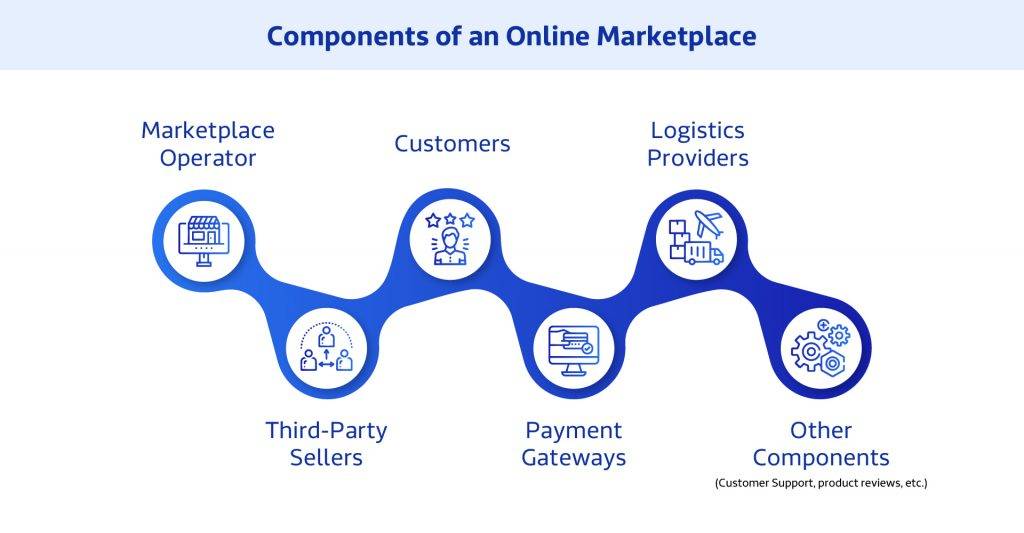
Key Components of an Online Marketplace
An online marketplace is a complex ecosystem with the following key components working in harmony to provide a hassle-free user experience:
- Marketplace operator who is responsible for the website’s user interface, search and filter functions, payment processing, and data protection policies.
- Third-party sellers who handle inventory management, pricing, and order fulfilment.
- Customers are the end-users who browse the marketplace, compare products, and make purchases.
- Payment gateways facilitate secure transactions on the marketplace, ensuring that buyers can pay using different payment methods.
- Logistics providers ensure timely and safe delivery, which significantly impacts customer satisfaction along with customer support services.
Different Types of Online Marketplaces
Here are the important aspects of three main types of online marketplaces: vertical, horizontal, and global.
Vertical Marketplace
A vertical marketplace is a specialized platform that focuses on a specific industry, such as beauty, electronics, or home goods. It caters to a targeted customer base with specific needs, offering a curated selection of products from various sellers within that niche. The advantage of a vertical marketplace lies in its specialization, providing customers with the best product selections and sellers with a highly relevant audience. Examples include Etsy (handmade items and vintage goods), Poshmark (fashion), and Ruby Lane (vintage items and collectibles).
Horizontal Marketplace
In contrast, a horizontal marketplace like Flipkart offers a vast product portfolio across multiple categories. It is like a virtual department store where you can find everything from clothing to electronics, home goods, and more. The strength of a horizontal marketplace lies in its variety, offering customers a one-stop-shop experience and providing sellers exposure to a broader customer base. Some of the prominent examples include Amazon, Craigslist, Swappa, Hollar, and Bonanza.
Here is a comparative analysis of horizontal vs vertical marketplaces to help you understand the differences better.
Global Marketplace
A global marketplace is a platform where sellers from different regions connect with buyers worldwide. It breaks down geographical barriers, allowing sellers to reach customers they might not have otherwise. For buyers, a global marketplace offers easy access to a diverse range of products from around the world. Examples of prominent global marketplaces include Alibaba, Mercado Libre and Fruugo.
How Does an Online Marketplace Model Work?
For an online platform, the products are usually provided by third-party sellers. As an operator, you are responsible for the platform’s layout and user experience and can also list your products alongside those from the network of registered vendors.
You also need to determine different charges associated with your platform, such as transaction fees, listing fees, commission fees, final value fees, insertion fees, and various others. As an operator, you must strike a balance between competitive pricing for your vendors and maintaining the profitability of your platform.
Usually, when a customer makes a purchase via your online store, the marketplace sellers fulfil the order and ship the item directly. They might also handle customer service, exchanges, and returns. In return for enabling the sellers to access your user base, you will earn a commission on each sale made through the marketplace.
The online marketplace model provides significant benefits to all parties involved – operators, sellers, and buyers:
- As an operator, you can offer a significantly larger range of products without the risk and responsibility of storage and shipping.
- The sellers have the opportunity to interact and engage with a new target audience segment.
- The buyers are able to access a broad selection of products at competitive prices.
What are the Best Online Marketplaces, and How Do They Work?
Let’s explore three of the top online marketplaces – Walmart, eBay, and Flipkart – and understand what makes them successful.
Walmart
Walmart’s online marketplace is a rapidly growing platform with a vast reach. As of 2024, Walmart’s online revenue totaled $100.1 billion. The platform hosts around 18,000 sellers and offers over 80 million products. It receives approximately 438 million visits per month, making it a lucrative platform for sellers.
- Product Listing: Sellers on Walmart’s online marketplace manage their inventory, pricing, and shipping. They can list their products on Walmart.com with zero monthly or setup fees.
- Payment Processing: Walmart Marketplace ensures secure transactions, providing multiple payment methods to accommodate different customer preferences. This integrated system eases the payment process for sellers, enabling them to concentrate on offering high-quality products and services.
- Customer Support: Walmart FBA oversees customer service for online sellers. It manages all facets of customer service, from addressing customer queries to handling returns and refunds. This comprehensive service ensures a smooth user experience.
eBay
eBay is a global online marketplace with a significant user base. It has over 18.3 million seller accounts and 132 million active buyers worldwide. eBay features over 1.7 billion active listings and receives approximately 722.7 million visits per month. In 2023, eBay generated over $9.7 billion, indicating its substantial financial scale and operations.
- Product Listing: eBay allows individuals and businesses to list a wide variety of physical goods and services worldwide. Sellers manage their listings, including product descriptions, images, and pricing.
- Payment Processing: EBay’s Managed Payments system handles the customer payment process. eBay then subtracts the fee for payment processing and a commission before transferring the remaining amount to the seller. Typically, this transfer of funds is completed within two business days.
- Customer Support: eBay provides customer service support for critical selling problems, such as account suspensions, payment disputes, or issues with item delivery, that require real-time solutions.
Flipkart
Flipkart is a prominent online marketplace platform in India. As of 2023, Flipkart had the highest market share of 38 per cent in the online retail market in India. The platform has over 350 million users and recorded a revenue exceeding 560 billion Indian rupees in the fiscal year of 2023
- Product Listing: Sellers on Flipkart list the products or services that they want to sell. They manage product descriptions, images, pricing, and stock levels.
- Payment Processing: When a shopper purchases from a third-party seller on Flipkart, the seller needs to fulfil the order and directly ship the item. Flipkart ensures stress-free delivery of your products.
- Customer Support: Flipkart’s dedicated Seller Support team is available to assist sellers with any inquiries, concerns, or assistance related to their business on Flipkart. They can conveniently access the seller support team through the Flipkart seller dashboard for prompt assistance.
What are the Benefits of Using an Online Marketplace?
Here are some key advantages that you can offer to buyers and sellers with your online marketplace:
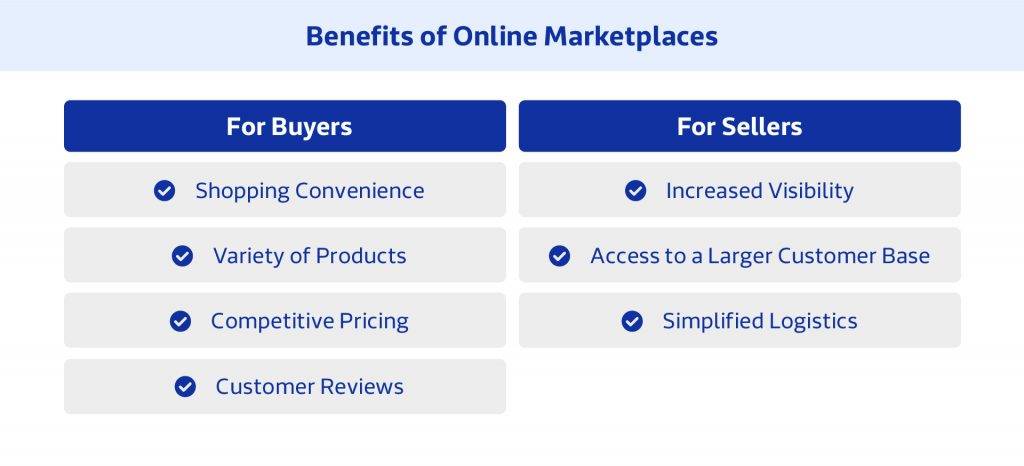
For Buyers
- Convenience: Online marketplaces offer a one-stop shop for different products, making it easy for buyers to find what they need from multiple sellers on a single platform. This means you must ensure that your platform is user-friendly, featuring easy navigation and a hassle-free checkout process. A well-designed marketplace can significantly enhance the shopping experience, leading to higher customer retention.
- Product Discovery: These platforms help buyers discover new and innovative products they might not find elsewhere. By curating a mix of well-known brands and emerging sellers, you can create an engaging shopping experience that encourages exploration and discovery.
- Competitive Pricing: Online marketplaces drive competition among sellers, which can drive down prices and provide customers with better deals. Hence, buyers can take advantage of sales, discounts, and special offers more frequently. You can further encourage this by implementing features like price comparison and deal alerts in your marketplace.
- Customer Reviews: Different marketplaces often implement strict seller vetting processes and customer review systems, which help build trust and reliability for buyers. Ensuring a high standard of seller quality and providing transparent customer feedback mechanisms can enhance your platform’s overall reputation, encouraging repeat purchases and customer loyalty.
For Sellers
- Increased Visibility: Sellers gain access to a broad customer base without any need for extensive marketing efforts. Your marketplace’s established customer base and search algorithms can help sellers reach more potential buyers. You must empower sellers with easy listing processes and fair commission structures to achieve this goal.
- Access to a Larger Customer Base: A marketplace offers sellers the opportunity to reach customers beyond their usual channels. You should focus on marketing and SEO strategies to attract a varied consumer base and offer maximum exposure for sellers.
- Simplified Logistics: Online marketplaces offer integrated logistics solutions, including warehousing, packaging, and shipping services. This simplifies the process for sellers, enabling them to focus more on their core operations. Consider partnering with reliable logistics providers to simplify the process for sellers and ensure a smooth delivery experience for customers.
What are the Challenges for an Online Marketplace?
Here are some of the challenges that you may encounter in your online marketplace:
Competition
There can be several retail platforms already active in your niche. To stand out, you need to adopt strategic pricing, effective marketing, and exceptional customer service. Regularly analyzing market trends and competitor strategies can assist you with staying ahead of others.
Maintaining Quality Control
Ensuring consistent product quality across multiple sellers can be challenging. Strict quality control measures and continuous monitoring of seller performance are vital. Regular audits, seller ratings, and customer feedback can be effective tools in maintaining quality standards.
Handling Logistics
Efficient logistics management is key to customer satisfaction. This includes timely delivery, inventory management, and handling returns or exchanges. Partnering with reliable logistics providers and implementing efficient inventory management systems can help you streamline these processes.
Ensuring Security
Protecting customer data, securing payment transactions, and safeguarding against fraud are essential for online marketplaces. Investing in robust security systems, data encryption technologies, and secure payment gateways can be effective in maintaining user trust and complying with regulations.
Managing Customer Expectations
Striking a balance among varied customer expectations related to product quality, delivery schedules, and customer service can pose a challenge. Having a robust support system in place to handle inquiries, complaints, and feedback effectively is crucial. Regular training of customer service teams and implementing effective CRM systems can help in managing customer expectations. Customer support teams must also actively monitor user feedback on social media platforms like Facebook, Instagram, and LinkedIn, as well as reviews on Google. This will help identify new ways to engage with new customers.
What Does the Future of Online Marketplaces Look Like?
The future of online marketplaces can be shaped by the following trends and innovations:
Emerging Technologies
Artificial Intelligence (AI) and Machine Learning (ML) will be leveraged to enhance customer experience through personalized product recommendations, intelligent search functions, and predictive analytics. As a retailer, invest in AI and ML solutions to customize the shopping experience, improve search accuracy, and predict customer preferences.
Mobile Commerce
There is a steady growth in the number of customers who are using their smartphones for online shopping. Optimize your marketplace for mobile devices by implementing a responsive design, fast-loading pages, and a seamless mobile checkout process.
Sustainability
Shoppers are becoming increasingly aware of the environmental impact of their purchases. Marketplaces that prioritize sustainability, offer eco-friendly products, and promote responsible consumption practices are likely to attract such shoppers. Promote sustainability by offering eco-friendly products, reducing packaging waste, and promoting responsible consumption practices on your platform.
Conclusion
Online marketplaces offer great opportunities for retailers to reach a wider audience, offer a diverse range of products, and compete on a global scale. But setting up and managing an online marketplace comes with its own set of challenges. This is where Flipkart Commerce Cloud (FCC) comes into the picture as a robust retail marketplace solutions provider that can help you navigate these challenges.
Built with Flipkart’s extensive knowledge of the e-commerce market, FCC offers a diverse set of r
More Blogs
See how retailers and brands are winning with FCC
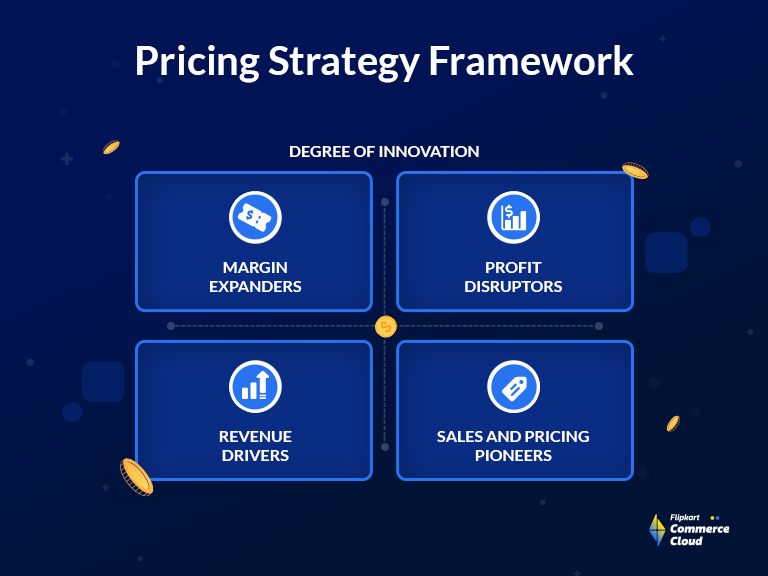
Mastering Pricing Strategy Framework
Read More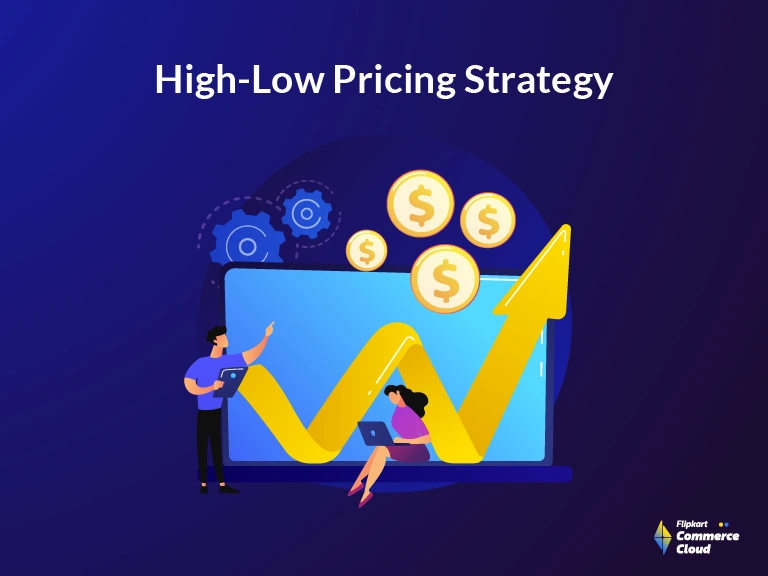
What is a High-Low Pricing Strategy?
Read More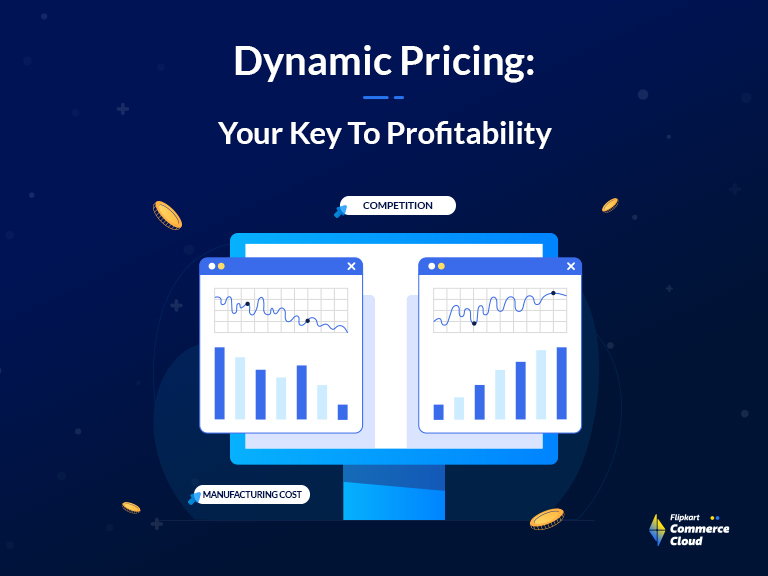
Ultimate Guide To Dynamic Pricing Strategy In 2025
Read More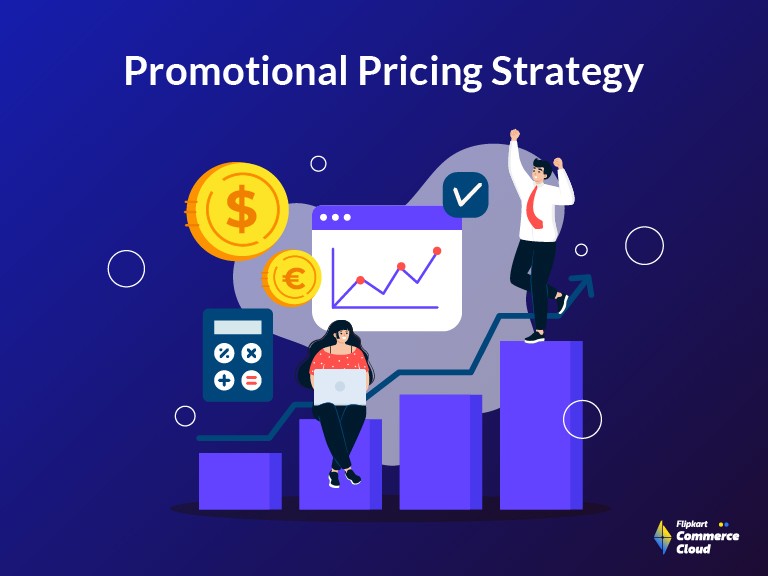
Retail Pricing Strategies: Winning with Promotion Pricing in Competitive Markets
Read More
Mastering Pricing Strategy Framework
Read More
What is a High-Low Pricing Strategy?
Read More
Ultimate Guide To Dynamic Pricing Strategy In 2025
Read More
Retail Pricing Strategies: Winning with Promotion Pricing in Competitive Markets
Read More
Mastering Pricing Strategy Framework
Read More
What is a High-Low Pricing Strategy?
Read More
Ultimate Guide To Dynamic Pricing Strategy In 2025
Read More
Retail Pricing Strategies: Winning with Promotion Pricing in Competitive Markets
Read More